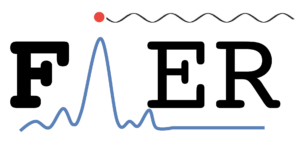
Curie
Curie is a python toolkit to aid in the analysis of experimental nuclear data, particularly for datasets related to isotope production and . Its name is inspired by Marie Curie, who developed the theory of radioactivity. The primary application for Curie is (gamma-ray) activation analysis, with specific utilities developed for the charged-particle stacked-target activation technique. Curie also comes with access to a number of nuclear structure, and nuclear reactions databases. It also has methods for accessing atomic properties, such as attenuation coefficients and charged particle stopping powers. More information, documentation on the full API, and a distribution may be found here.

